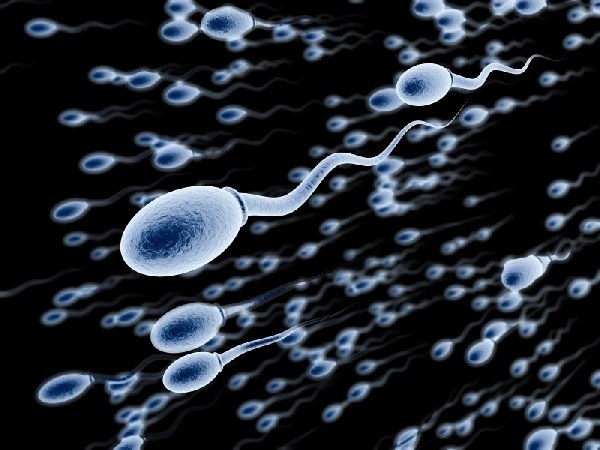The path to the egg
After ejaculation of men in women's vagina goes from 300 to 500 million sperm, most of which dies in the very beginning. To the fallopian tube, which contains a ready for fertilization egg rush only the most motile and active sperm, which need to overcome the cervix to pass between the endometrial folds, to find the tube with the egg and overtake more nimble relatives. In General, this "race with obstacles" is from two to five hours.
Most often the sacrament of fertilization occurs in the middle third of the women's fallopian tubes.
Reaching the egg, the sperm in an amount of from 400 to 500 trying to get inside her with the help of enzymes located in the head of each sperm and destroying the egg shell. When one single sperm manages to penetrate the egg, its shell instantly turns into inaccessible fortress for the remainder of the outside of the seed. The winner loses the flagellum, helped him to move through the reproductive system, and merges the core with the little baby egg chromosomes of the nucleus, resulting in the first cell of the embryo – the zygote.
Changes in the body
After penetration of the sperm into the egg the whole body is "notified" about the incident fertilization and begins to rebuild to save the beginning of the pregnancy. It begins to occur other chemical reactions, uterus redistributes its innervation, and immunity drops to a certain level that the body did not reject the fetus, mistaking him for an alien growth.
Due to the unique genetic code, the zygote determines the sex and character of the unborn child, and his ear shape and eye color.
The fertilized egg descends into the uterus until the seventh day after fertilization and begins to look for a place to attach. Finding a suitable site, the embryo is implanted in the uterine endometrium and growing rapidly, forming new blood vessels, which later will form the placenta and will "feed" the unborn child until the birth. The body of the new man is formed from the tiny knot, umbilical cord and amniotic bubble of superficial cells. After forming all elements of the fetus, its development depends solely on the physical and psychological state of the mother during pregnancy.

